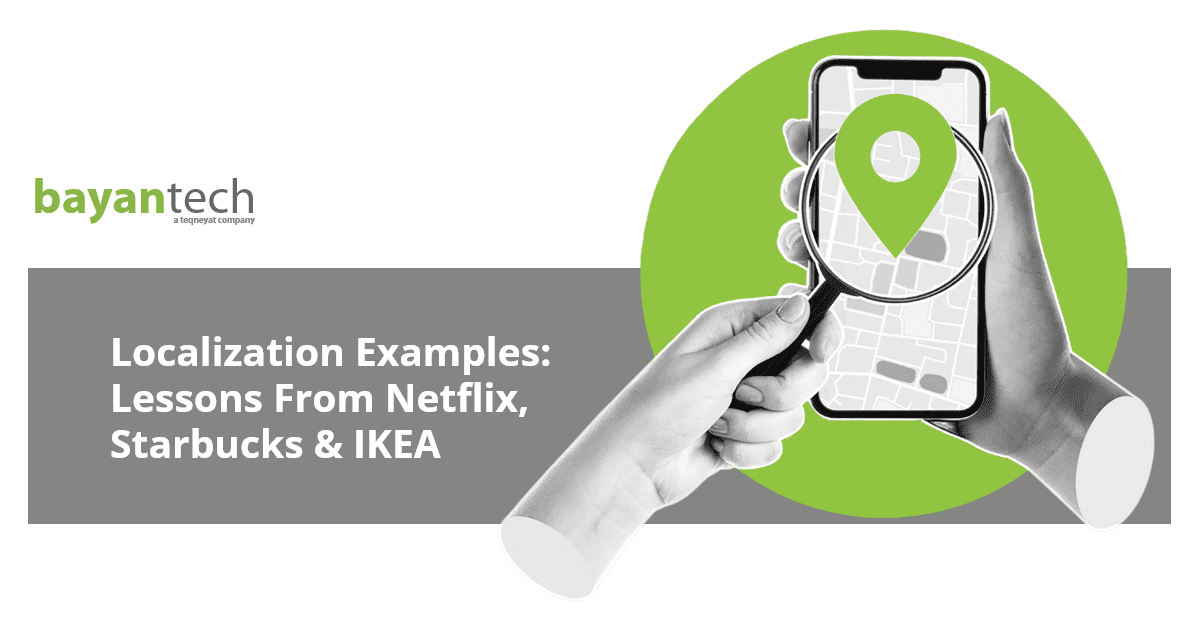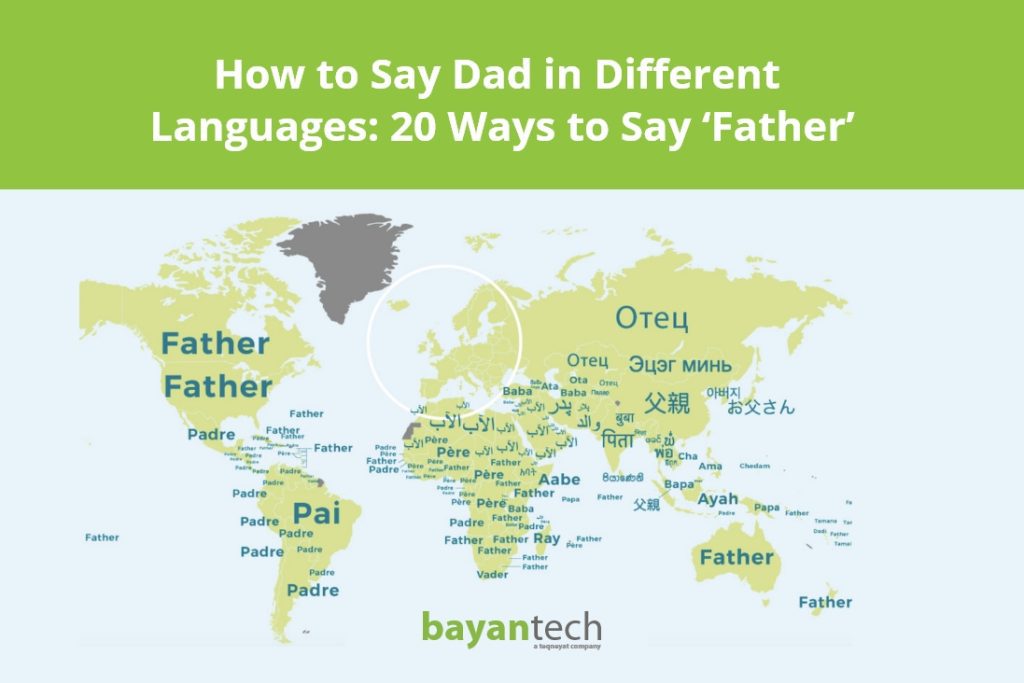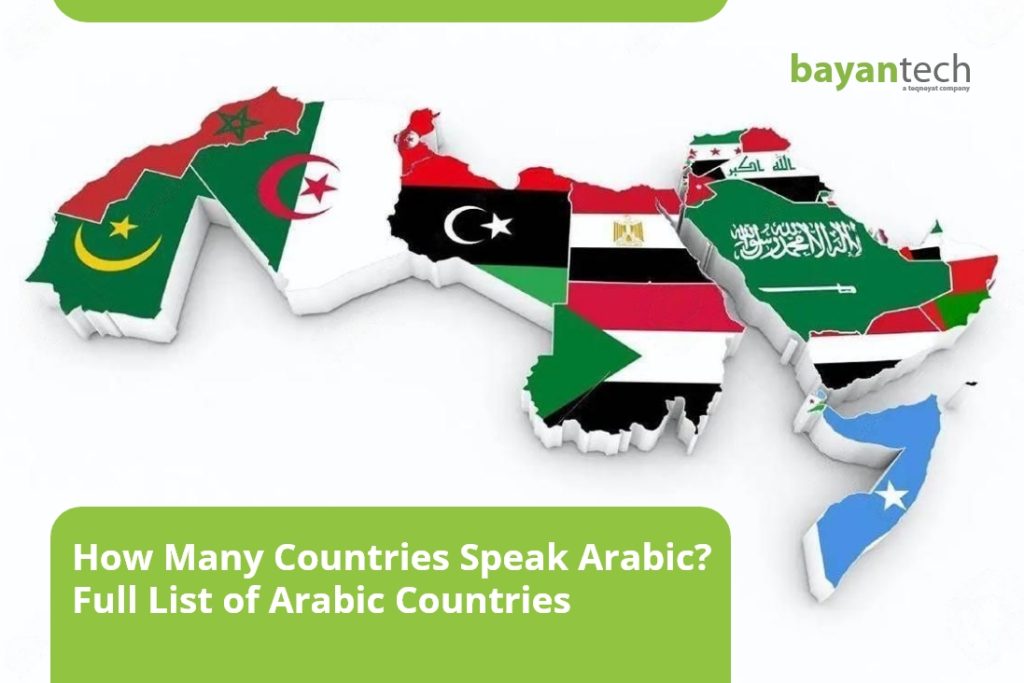Recently, Multilingual Document Translation has become quite the trend in business and translation. One might already be familiar with what multilingual document translation is. Yet, familiar is not enough, especially if you are willing to keep up with our fast-paced world and business around us.
So, first things first, multilingual document translation is the process of transferring a document from one language to another multiple languages so they become culturally and linguistically suitable for the target audience.
But, what does multilingual document translation have to do with keeping up with business?
Well, to put it simply, multilingual document translation is becoming increasingly important for global market purposes. Businesses are striving to increase their revenues and build up an empire to their brands. Alas, no shortcuts here, though; in fact the only way for this to happen is to go international and grow their customer’s base in different parts of the world.
Speak their language! You want to send a message to your various audiences that you respect their language, culture, and needs. Gone are the days when it’s enough to translate to one language only; more audience means more languages. This is how major companies like Facebook, Google, Microsoft, and others are staying ahead of the game. They provide multiple languages for their visitors around the world.
Go multilingual; that’s the trick. And if you are going to do something; do it right.
Is your Content Ready for Multilingual Document Translation?
Before having your document translated, you may need to take a stock of the content of your document intended for translation and check if this content is properly written and designed.
Here’s a food for thought: there’s a lot you can do to facilitate the whole multilingual document translation process, reduce time and cost, and ensure the highest-quality to the content. This all starts even before translation; from the moment you start creating and designing your content, known as the documentation process.
To that end, we provide you with a recommended checklist which can help you create content, professional and fit enough for translation:
- Make sure your content is clear, consistent, and accurate; in order to smoothly and adequately deliver your message into another languages.
- Create your content in English; it is recommended so it can be easily translated to other languages.
- Consider allowing extra space for future text length expansion -after translation. For example, German words are longer than English words. Besides, the target language might involve different text direction such as translation from English to Arabic. Since Arabic is a right-to-left language, the translation can’t simply replace the original text; rather the whole document is flipped.
- Choose simple fonts.
- Avoid complex visual elements and designs to reduce the amount of formatting and DTP work; this includes reducing embedded text in graphics.
All set, the content is ready, and the document is good to go!
Multilingual Document Translation: Best Practices
Now, that you are about to have your document translated, you can avoid any stress and easily make sure that the odds can always be in your favor, if you decide to assign your multilingual translation project to a language service provider.
And here’s why! A multilingual translation project is not just about changing languages! It absolutely and entirely goes beyond just that. Many people are involved, many procedures are carried out, multiple tools are used, and most importantly a localization project manager takes charge of your project, dedicated to achieve quality in a cost-effective, timely manner.
As a matter of fact, a localization project manager keeps taps on each and every step in the sophisticated multilingual document translation from the moment a project is submitted till the very end of the project delivery. Each step serves a specific function, and each team involved understands how its work affects other teams’ work.
We briefly explore these steps here as follows:
- The Launching Localization project managers study, assess, and reflect on the requirements of the project and the client’s requests. They coordinate with the clients and then lay the foundation for the whole multilingual document translation.
- Vendor Selection Practice makes perfect, and in translation, so does specialty! In that step, localization project managers apply themselves to select the suitable vendors, including translators, reviewers, editors, proofreaders, for the project, mainly based on the expertise of the different vendors in the appropriate subject area(s) and languages(s); the quality of their work; the depth of their experience as well as their ability to support the tools and processes. It’s a critical step for the project, which requires a skillful vendor management along with the efforts of localization project managers.
- Text Extraction & Translation Here comes the part where the actual translation takes place after extracting text from the source document. For translating your source document, professional language service providers create glossaries and style guides for huge documents to maintain consistency and accuracy, while cutting costs. Text extraction not only leads the way to the translation process, but also smooths the path to the Desktop Publishing process (DTP).
- Desktop Publishing (DTP) It’s time for some action! DTP specialists join in and help produce a layout mirroring the format of the original source document while adapting the translated text into it. It takes more than just inserting text; in fact DTP requires state-of-the-art technology to apply technical changes, as in adjusting text direction and length, character sets, margins, graphics, and images…etc.
- Quality Checks They are performed several times, after translation, after DTP process, and using different methodologies. Project managers press for quality as an essential requirement for every project. Multilingual translated files undergo multiple quality procedures by in-country native-speaking linguists and reviewers for an error-free outcome, in addition to Automated Quality checks using QA tools, such as Xbench.
Bottom line is: don’t settle for less, if your projects should go through these meticulous steps of multilingual document translation process. The success of your brand name or company hinges on a successfully accomplished quality-oriented multilingual translation process, planned and organized as pointed out.
Little Details Matter Most
There are some details that contribute to the perfection of the big picture and promote your image in the international market. With professional language service providers, they get you covered with their focused attention to these details. During a multilingual document translation, it’s important to pay attention to the following:
- Cultural Correctness
For this specifically, localization takes a huge part to make sure cultural adaptations are carried out to suit the target audiences’ preferences, not only linguistically with idioms, phrases, terminology, and references, but also with images, colors, graphics, designs, dates, calendar, currency, measurements…etc. It’s essential to acknowledge the target audience, understand the cultural differences, and address their interests; thus improving your customer experience.
- Translation Memory (TM)
Your translation project can’t do with technology and certainly without Translation Memory. In its essence, a Translation Memory is a database storing previously translated segments of texts which are automatically reused, which only makes a significant difference for the quality, cost, and time of delivering a professional translation.
- Fonts
In a multilingual document translation, using the correct font is a key element. Each language has its own fonts, and during the DTP process, changes in fonts are made. Right-to-left languages (RTL) like Arabic, for instance, are challenging to work on, because in that case, fonts that support Arabic characters should be used. Changes are requires, yet DTP specialists work hard to avoid big changes in appearance of your document.
- Time
You request multiple languages but they are to be delivered all at once. This is the type of professional service your multilingual project needs. This way, launching your product or service is facilitated without any delays.
With these valuable practices and tips, your project is more than ready for launching. The multilingual document translation process might look a bit sophisticated, but given its huge significance in promoting your business and brand effectively, there’s no an easy way for it.
Conclusion
Multilingual document translation is what your business needs to meet the ever changing global and local demands.
BayanTech can help you achieve your global and local objectives by providing our full range professional services to manage your multilingual document translation the way your project needs and deserves, even into the most challenging language formats, such as Arabic, Chinese, Japanese, and Korean.
Our hardworking project managers will streamline the whole process as they coordinate with you, highly regarding your requirements with great respect and will to put them into effect. Our qualified teams of in-country native-speaking translators, reviewers, graphic designers, DTP specialists, and engineers collaborate to come up with extremely professional and satisfying results, utilizing the latest technology and translation tools.
We aim for the best and we believe you want that too.
For more information, get in touch!
Click on a star to rate this post!
0 / 5. 0













